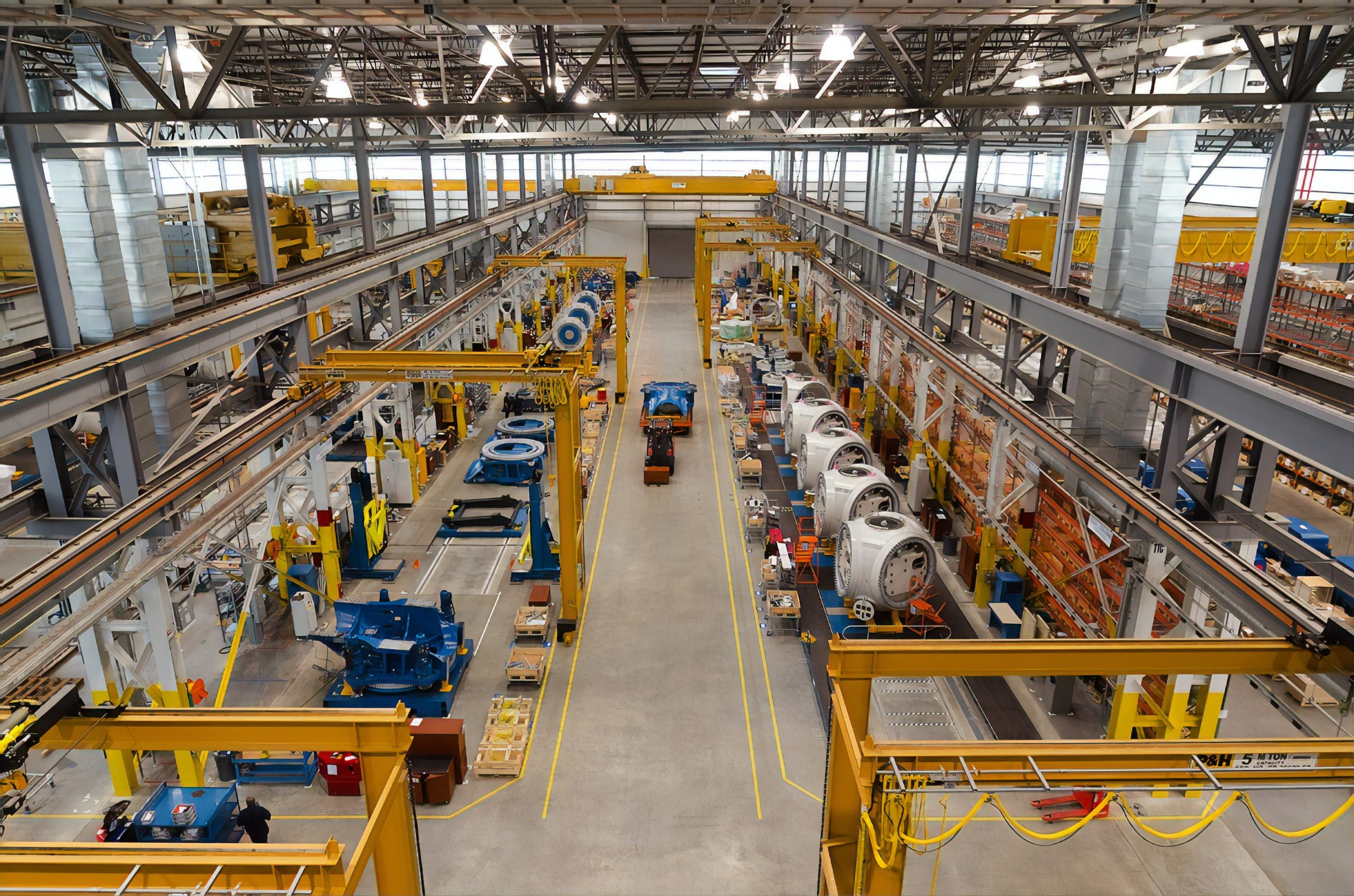
The new industrial revolution, otherwise known as Industry 4.0, or Industrial Internet of Things (IIoT), implies the development of the so-called ‘Smart Factory’. Accordingly, large manufacturing businesses share a common strategic imperative: improve quality and reliability across their manufacturing assets through modern technology. But in our view, the most critical challenge is to connect the factory floor with the sales and financial transaction systems at the heart of every organization
A Smart Factory reinvents production by using artificial intelligence (AI), IoT, and data analytics to deliver customization at scale. The new age of machine intelligence must connect the rate of manufacture (uptime and downtime and indirect overhead costs, etc.) to the revenues and profits generated by each machine. Connectivity between revenue and margin data to the constraint points in the factory enables companies to visualize precisely how fast they are making money. The outcome of bringing velocity-based profit and revenue insight to the factory floor drives the return on assets (ROA) mindset of the C-suite straight to the daily and weekly decision making by frontline production and commercial teams. Which products generate the most profit per hour? Which orders and customers make the most money per hour? How can the frontline teams manage the mix to optimize the profit generated each month and quarter?
From Profit Velocity’s standpoint, the fourth industrial revolution is about moving beyond the ‘Smart Factory’ and its singular focus on improving operations in the supply chain, to the idea that Smart Factories must also be integrated with the sales and financial systems (ERP) to galvanize all employees under a single, unifying, metric—profit per hour. When companies do this, they move beyond the Smart Factory to the ‘Smart Enterprise’. Smart Enterprises consistently optimize their product and customer mix to deliver period-to-period profit growth
The factory floor is largely isolated from the commercial and sales side, so how can a Smart Factory exist in isolation? The purpose of industry is to: 1) create products customers need and 2) capture a fair share of the value those products provide. The problem is most companies drive separate and distinct operating metrics for their supply chain and commercial teams. The supply chain is focused on making things faster (units/hour, units/day, etc.) at a lower cost per unit. Sales are focused on making more money per unit (traditional margin metrics) at greater volumes. When companies bridge this chasm by interlinking their transactional systems to the rate at which their goods are getting produced on the factory floor, the Smart Enterprise emerges. Smart Enterprises learn faster from experience and can make continuous adjustments in their business mix to gain a sustainable competitive advantage.
The ‘Smart Factory’ as currently defined, stops short of delivering on the promise of Industry 4.0. Running an enterprise without this connection between sales, finance and production is like shooting a basket with your eyes closed. You need to be able to see the result to adjust the shot. For business teams to intelligently adjust the shots they are taking, both in the marketplace as well as on the manufacturing floor, they need a practical common metric that supports their shareholders’ goal—make money faster from the assets. When businesses can continuously fine-tune the shots they are taking, they can deliver on the promise of Industry 4.0, by emerging as a Smart Enterprise.
The Profit Velocity eBook on how to uncover hidden profits in manufacturing with time-based analytics goes in-depth on how to take that one step further into the new age of Smart Factories. Next week’s blog on the Theory of Constraints methodology will describe how linking data on production speed at crucial production steps with sales and financial transaction data improves organization intelligence and increases profitability to create the Smart Enterprise.